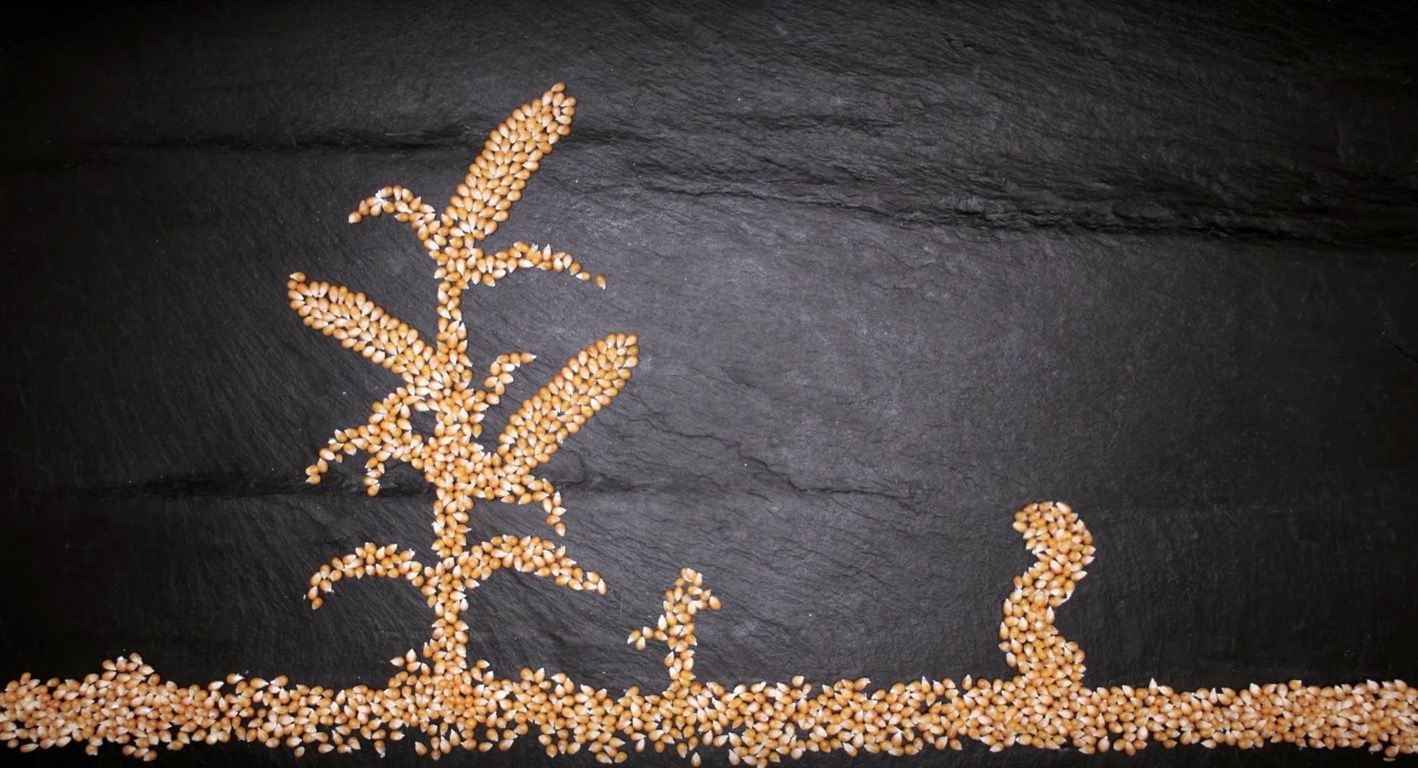The World Expo 2015, which is this year being hosted in Milan, is slowly drawing to a close. With this year’s theme “Feeding the Planet, Energy for Life”, there has been plenty of agriculture technology showcased at the six-month event.
The US Pavilion, for example, includes the world’s largest vertical farm spanning 35,000 square feet, and costing $60 million in private donations to build. The vertical farm was built using Wyoming-based Bright Agrotech’s ZipGrow technology.
New Holland Agriculture, the global farm machinery brand, built a farm pavilion showcasing the intersection of machinery and sustainable, efficient farming. And the World Association of Agronomists created a series of example farms, dubbed Global Farm 2.0, showcasing new ways of creating food, more productively and efficiently.
The UK pavilion, meanwhile, is themed around the all-important honey bee. With a giant honeycomb type structure in the middle, visitors are taken on a journey through a British orchard and wildflower meadow, before entering the 14-meter high hive.
With a mission to protect the bee, which pollinates 70 percent of the world’s crop species, the UK was also keen to showcase some of its agtech innovation, and commissioned “foodscape” photographer Carl Warner to create a series of short animations for the closing section of the expo, coinciding with World Food Day today.
Warner is renowned globally for creating images using food. Pieces include the Great Wall of Pineapple, The Onion Taj Mahal, The Mayan Pepper Temple, the list goes on. His artwork has frequently gone viral and has been used by a variety of global brands in their advertising campaigns.
More recently, Warner has focused his efforts on educating children about food and has published a book for children called the World of Food. He is a strong believer in the educational power of his chosen medium.
“As an art form, it appeals to a wide range of cultures and crosses language barriers,” he told AgFunderNews. “The imagery doesn’t need too much explanation and can be powerful. We need to educate children and adults about what they are putting into their bodies, how it’s grown and the politics and economics around it.”
For the UK Pavilion, Warner has created four animations, each telling a different story about agriculture technologies developed in the UK including flood-resistant rice, a pest-deterring maize cropping system, climate change-resistant coffee, and red beans fortified with iron.
Most of the technologies target developing markets.
“It’s a wonderful thing to do. Instead of throwing money in aid, give them the innovation they need to make their crops perform better. It’s the old adage of give a man a fish and it will feed him for a day. Teach a man to fish, and it will feed him for a lifetime.”
“We wanted to tell the story of the real impact science and innovation in agri-tech can have in communities hit by food shocks and the impact of climate change,” added Karen Wood from UKTI, who commissioned the project.
Released in time for World Food Day today, Warner and the UKTI hope the animations will bring some of a wide range of agriculture technologies, developed by research institutions in the UK, to life.
You can watch the short films on YouTube, or find more information on the UK Pavilion’s website. Here are two:
Have news or tips? Email [email protected]




